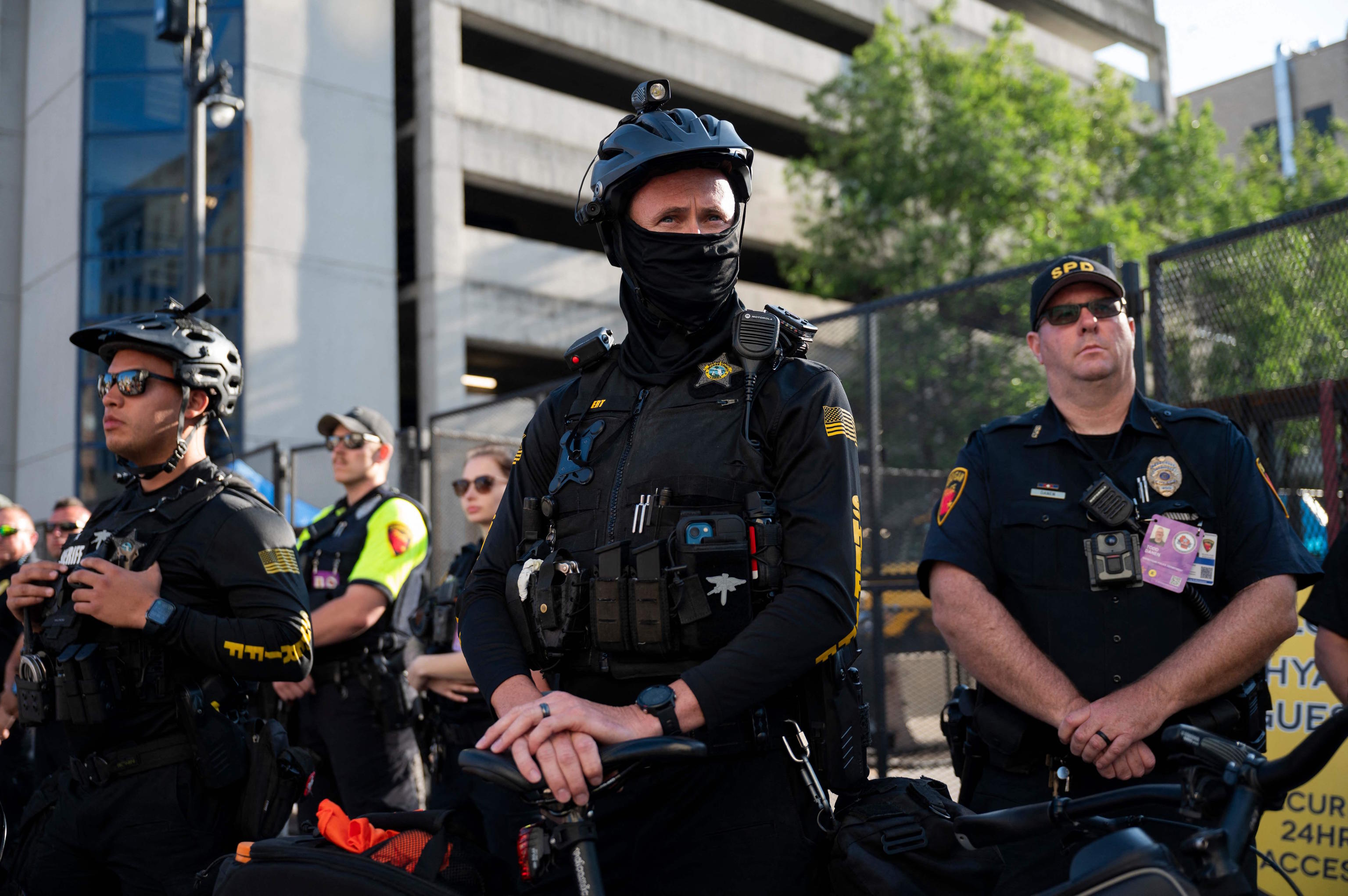Thomas Matthew Crooks, the man who shot Donald Trump last Saturday and killed an assistant at the Republican rally in Butler, Pennsylvania, was on the radar of the Secret Service and state police for an hour. He was considered "suspicious" by agents on two occasions, who warned that his behavior seemed abnormal.
He seemed to be wandering, oblivious to the political event and the celebrations of the former president's supporters. He approached the factory buildings, and his behavior caught attention, but since he didn't seem to be armed, didn't carry a backpack, and wasn't near the stage where the speeches were to take place, security forces did not act. When the threat materialized, and danger messages reached the radio channels, there was no time to react.
The analysis of dozens of TV and mobile phone recordings, as well as audio and testimonies of those present, has allowed FBI investigators to reconstruct fairly accurately what happened last Saturday. But as confessed by the agents in charge of the investigation and the director of the Secret Service, there are no solid clues about the motives for the shots.
Kimberly Cheatle, who has taken ultimate responsibility, is under pressure. Trump's campaign has called for her resignation. The outrage among Republican ranks is significant, as they made clear on Wednesday in Milwaukee, where the party is holding its National Convention. Congressmen and senators expressed their discontent during a morning call with those responsible for determining how a 20-year-old with no military experience could shoot at the president up to 8 times, injuring him.
Five centimeters more, or less, and the country's history would have changed forever. But if the head of the Secret Service felt pressure, it was afterwards when she was confronted and pursued by not one but two senators, John Barrasso and Marsha Blackburn, through the halls of the Republican Convention center. Furious, they didn't hesitate to post on their social media the images of the confrontation with the visibly stressed ultimate responsible for ensuring the well-being of the country's top officials.
The preliminary investigation has identified three major failures and established what happened, especially in the 19 minutes before the attack. The first was that the Secret Service left the buildings from which Thomas Crooks shot outside their security perimeter. The special body that protects the president always focuses on the closest level and leaves the more distant or less dangerous ones to local forces. No one understands why that roof was not considered vulnerable by the preliminary mission that visited the area on the eve of the rally.
The second serious error was that there was no agent, from any body, on the roof, the only truly dangerous area. It was an elevated position, just over 120 meters away, well within the range of a rifle. If instead of the AR-15, the semi-automatic weapon, he had had a sniper rifle, it is very likely that Trump would have been hit.
The third failure was not evacuating. Crooks was first flagged for his strange behavior an hour before the shots, and a local agent circulated his description. But due to the distance and the apparent lack of weapons, no action was taken. At every rally, there are dozens, hundreds, of tense moments, and one cannot interrupt or act without clearer signals.
Nearly 20 minutes earlier, he was in sight of a sniper, one of the three teams occupying elevated positions (one of them had no direct view of the roof due to a tree). They even took a photo of him and distributed it, but shortly after, he was lost in the crowd.
The last minutes were where everything accelerated. A group of the audience saw someone climb onto a roof and started shouting and warning. A police officer approached, climbed up, and saw the armed shooter. But when he aimed at him, he had to let go of the roof and fell to the ground, injuring himself. "The officer was in a vulnerable position and there was no way he could attack the suspect while clinging to the edge of the roof. The officer let go and fell to the ground," the mayor explained. He immediately issued an alert, but the shots began moments later.
In those final two minutes, the snipers were already on alert and trying to locate the potential threat. But the president was not evacuated. They quickly turned from their positions, nervously searching. There was time to interrupt the event, but no one took that responsibility with the available information. It could have been nothing, a drunk, a fan, a worker. But it was an assassination attempt.
The shooter had a backpack, perhaps in the car, and binoculars. Analysis of his phone and computer shows that he had also searched for information and details about other public appearances of the former president, as well as the National Convention that the Democrats will hold in August.
On his phone, many downloaded photos of other political leaders were found, such as Rudy Giuliani, the former mayor of New York and Trump's lawyer. Or the leaders of the majority and minority in Congress, Mike Johnson and Hakeem Jeffries. Investigators have found traces of searches since spring, but none are accompanied by anything that could be threatening at first glance.
His digital footprint is minimal, completely unusual for a 20-year-old who has graduated from high school and obtained a university degree. Especially with computer knowledge. Federal technicians are now analyzing the encrypted part to try to find a motivation since after more than 200 interviews, no motive, ideological factor, or recent radicalization has emerged.
There were also - as explained by the case's officials to congressmen and senators on Wednesday - internet searches about "severe depressive disorder" and its symptoms. They do not venture to establish any link, but the fact that it was mentioned indicates that this path is not ruled out.
